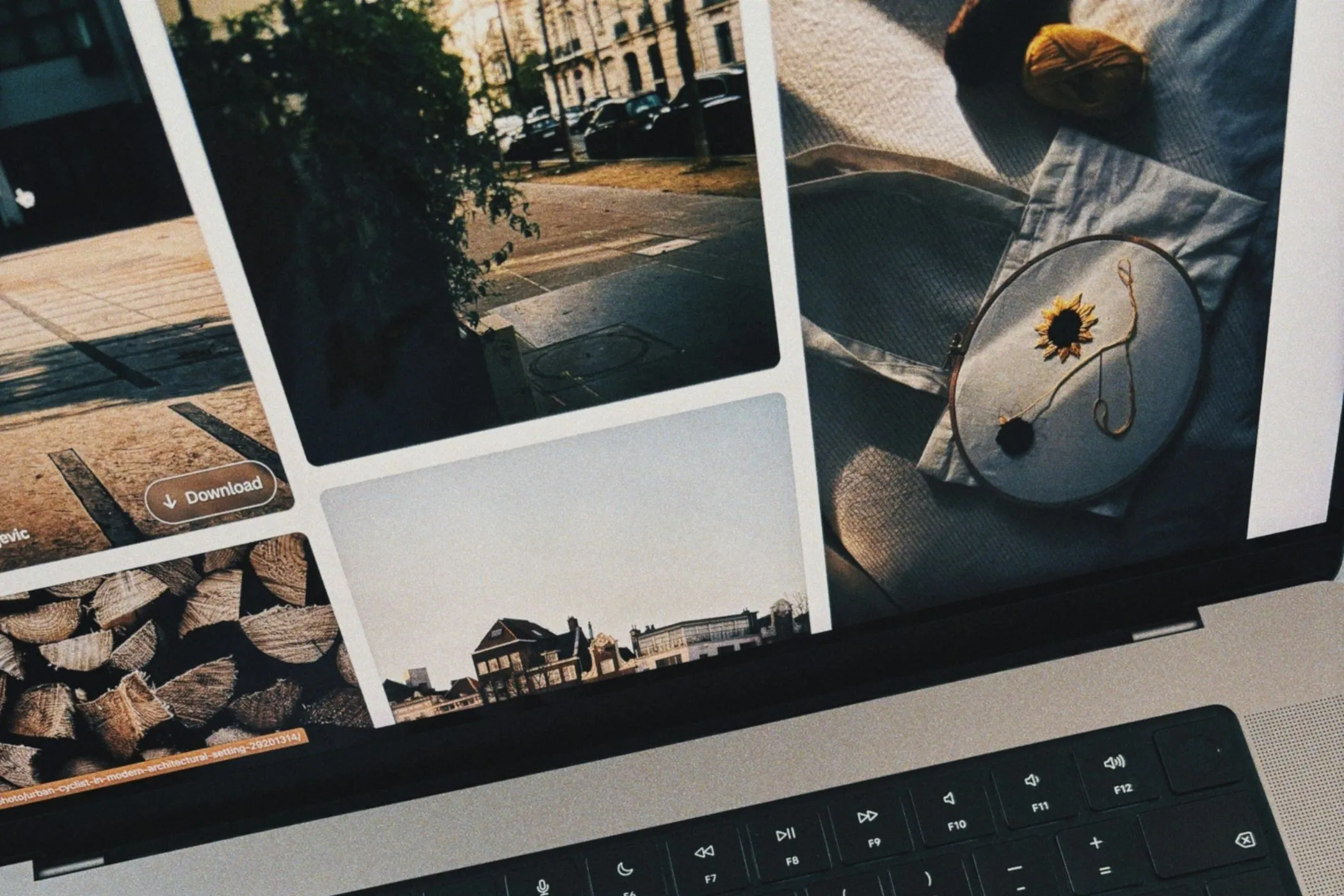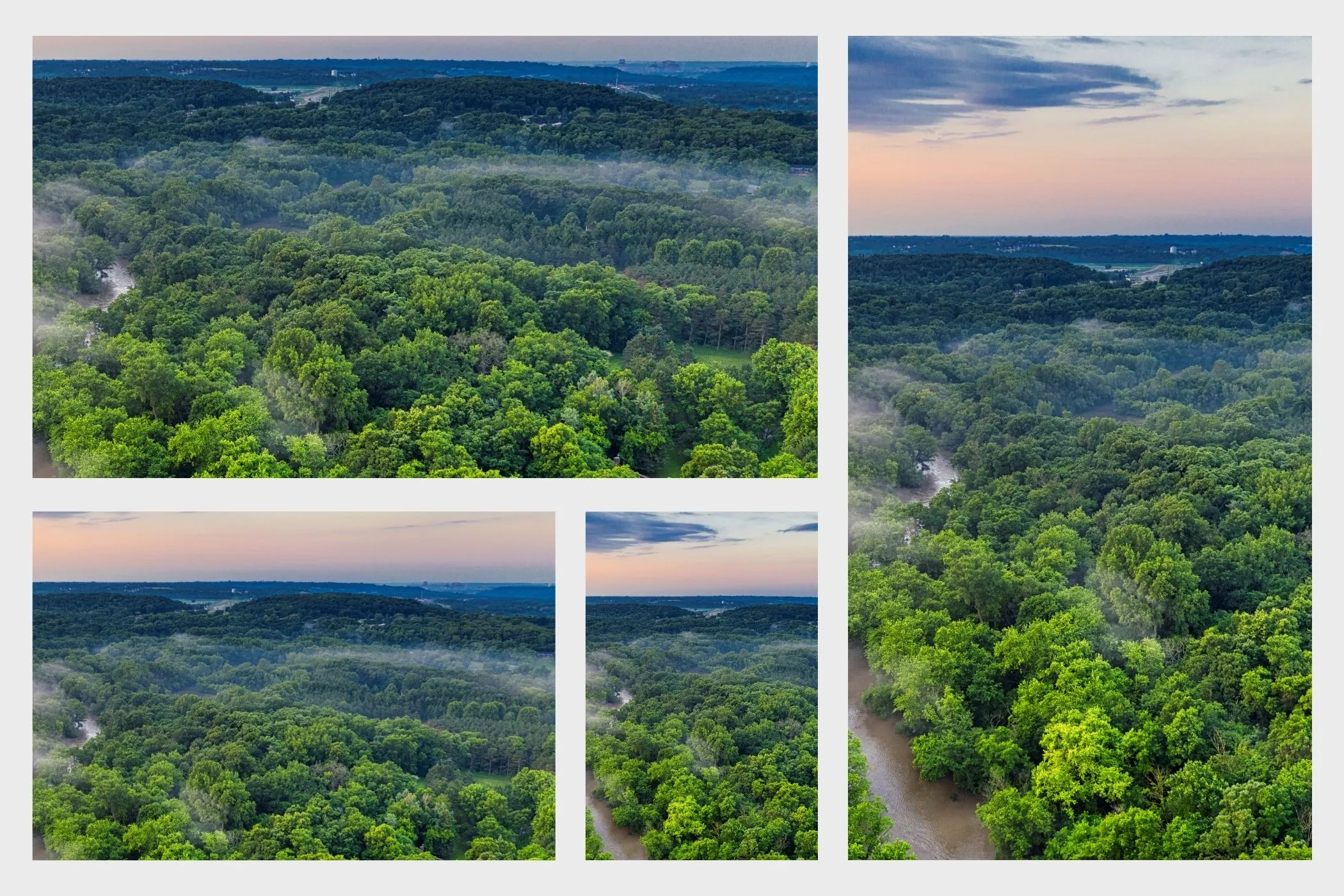Image Resizer
Resize JPG, PNG, or WebP images to multiple sizes in one go. Choose fixed widths, percentage scales, or a fit-inside box, then download everything as a ZIP — all processed locally in your browser.
Resize JPG, PNG, or WebP images to multiple sizes in one go. Choose fixed widths, percentage scales, or a fit-inside box, then download everything as a ZIP — all processed locally in your browser.
Turn mixed WebP, PNG, and JPEG image folders into a clean, consistent set in seconds. Drop your files, choose a target format, and export everything in one go.
Encode or decode URLs with live output. Choose component or full-URL mode, batch by line, convert spaces to “+”, normalize %hex to lowercase, and treat “+” as space on decode - all client-side.
Add images
Drag & drop, paste, or click to select JPEG/PNG/WebP. Previews appear instantly and honor EXIF orientation.
Pick an aspect ratio
Choose a preset: Square (1:1), 3:2, 4:3, 16:9, 9:16, 4:5 (Insta), 2:3 (Print), 3:1 (Banner), 21:9 (Ultra‑wide) — or enter a custom W:H like 1200:800 or a ratio like 3:1.
Fine‑tune each image
Click Edit to pan and zoom. Drag the image to reframe, use the slider for zoom, and arrow keys for precise nudges. Center resets framing.
Select your batch
Toggle Include per image, remove what you don’t need, or Center all for a quick baseline across the set.
Export
photo-crop-4x5.jpg.All processing stays fully in your browser. No uploads. No logins.
Social media sets
Feed posts at 4:5, Reels/Stories at 9:16, and square thumbnails in one run.
E‑commerce product photos
Standardize to uniform 3:2 or 4:5 crops for tidy grids and faster merchandising.
Blog banners & thumbnails
Produce 16:9 heroes plus matching square or 3:2 cards.
Print layouts
Prepare 2:3 or 3:2 crops for frames and photo books.
Marketing kits
Make consistent aspect variants for ads, landing pages, and Open Graph images.
-crop-16x9 — useful for organization, caching, and handoff.createImageBitmap({ imageOrientation: 'from-image' }) so EXIF rotation is respected; drawing and cropping happen on the Canvas API for pixel‑accurate results.Build locally. Work simply. Understand deeply — and keep your images on your device.
JPEG, PNG, and WebP. Exports keep the original format and file extension (JPEG→JPEG, PNG→PNG, WebP→WebP).
No. Everything runs locally in your browser. Your images never leave your device.
Yes. Use presets like Square, 4:5, 16:9, 9:16 — or type your own ratio such as 3:2 or 21:9, including W:H forms like 1200:800.
Cropping is pixel‑exact. You can pan to set the subject, zoom in for tighter framing, and use the thirds grid for composition.
Orientation is respected on load via EXIF (so rotated images appear correct). Metadata isn’t preserved in exports.
Yes. Once the page is loaded (or installed as a PWA), the tool works offline because all processing is on‑device.

6 min read
JPEG, PNG, or WebP? Learn which image format to use for speed, quality, and SEO - and how to convert instantly in your browser without uploading a single file.

5 min read
Every image lives somewhere: a product card, a hero, a feed, a story. Each space has its own rhythm. This guide explains which aspect ratios fit where, why they work, and how to crop them cleanly using the Vayce Image Cropper.

5 min read
A complete, practical guide to responsive images. From understanding `srcset` and `sizes` to generating all your image versions instantly with the Vayce Image Resizer.